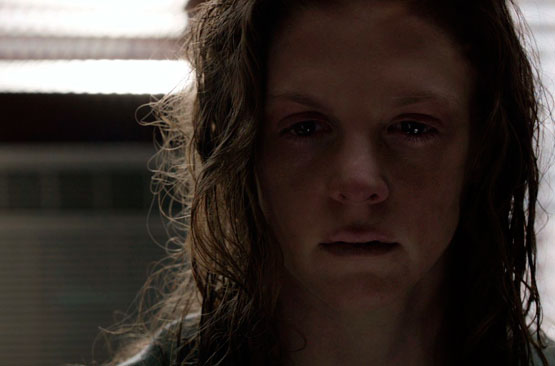Michel Hazanavicius’ ‘The Artist’ might be a contemporary creation, yet it is a beautiful vintage cinematic masterpiece that takes one back to Hollywood’s golden age, truly standing apart in today’s loud and technicolor film industry. It is a marvel of storytelling, which, despite being a silent motion picture, speaks volumes about the cinema’s primal power and universal language.
This film, set in the late 1920s, explores the epoch of Hollywood’s transition into talkies. ‘The Artist’ opens a heart-warming dialogue with a decadent past, swarming with effervescent silver screen icons, mesmerizing flapper dresses, and grand film premieres. This monochromatic rendition is steered by the performances of Jean Dujardin and Bérénice Bejo, who brilliantly flesh out their roles and breathe life into a bygone era, thereby smashing the fourth wall with their cadence and charisma.
‘The Artist’ traces the graph of George Valentin’s life and career (expertly portrayed by Dujardin), a silent movie superstar grappling with the advent of the sound era, affecting his career and personal life. Bejo, as Peppy Miller, the aspiring starlet, etches a stunning portrait with expressions besting a hundred spoken dialogues. Her spirally career highlights the harsh realities of the showbiz industry, contrastingly impacting her relationship with George.
Hazanavicius’ quirky narrative structure and silent storytelling make us realize the potency of nuanced performances that do not require hidden meaning in words but pure emotive conviction. Visual flair and audacious cinematic experimentation are the mainstays of ‘The Artist.’ It unveils its narrative with an innovative blend of performance, sound, choreography, light, shadow, and even silence, each element working in rhythm with the other, crafting an artistic symphony that is as raw as it is rousing.
The technical aspects of ‘The Artist’ deserve equal applause. The production design by Laurence Bennett and set decoration by Robert Gould recreate the magic of the jazz-filled ’20s with precision. Guillaume Schiffman’s cinematography seems to paint a mesmerizing black-and-white canvas captivating its audience. The masterful editing by Anne-Sophie Bion and Michel Hazanavicius is not merely a stitching of sequences but a measured and meticulous unfolding of storytelling.
Ludovic Bource’s magical score heightens the aura of ‘The Artist’, effectively amplifying emotions and events, considering the film’s silence. Bource’s poignant and lively score tugs at heartstrings, emerging as the film’s pulsating heartbeat, replacing dialogues with beats, therewith narrating this fable of fame, fortune, and failure.
The enduring charm of ‘The Artist’ is its theme, aptly mirroring the very real transition that cinema, as an art form, underwent. It effectively encapsulates the fear, uncertainty, and resilience painted across this transition. It explores themes of identity, fame, love, and the ruthless, ephemeral nature of stardom.
The film connects with audiences through its universal language, transcending the barriers of age, nationality, and language. George and Peppy’s silent yet profound journey stirs emotions deeply, possibly more than grandiloquent monologues ever could, underscoring the fact that real art needs no translation.
Dujardin’s victory at the 84th Academy Awards for Best Actor bears testament to his charismatic performance and the film’s overall brilliance. ‘The Artist’ proved to be a game-changer at the Oscars, snatching up five golden statuettes, marking a historic moment for silent films.’The Artist’, despite its silence, echoed loud across the global cinematic landscape.
In conclusion, ‘The Artist’ is a timeless tapestry woven with golden threads of love, ambition, metamorphosis, and resilience. It seduces its audience into a passionate waltz down the memory lane embellished with nostalgia. It’s a brilliant tableau that decompresses storytelling to its bare essence – sentiment. ‘The Artist’ is not just a film, it’s a riveting revival, revelling in silent yet spectacular storytelling; a renaissance not to be missed—it’s an homage, a revival, and, above all else, a must-watch.

